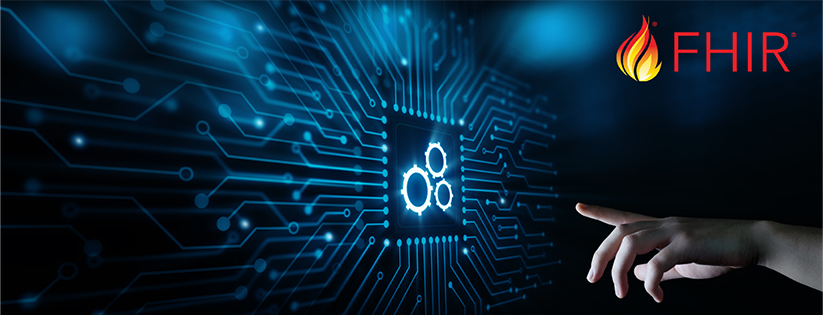Recognizing that advancing constructive, safe, and secure communications between administrative and clinical information systems have long presented interoperability challenges, the Centers for Medicare & Medicaid Services (CMS) has defined a policy to accelerate internet-based interfaces. Among other things, this framework will extend and adapt resources for prior authorization processing.
While the Final Interoperability and Prior Authorization Rule was issued in January 2021, by the CMS, they are exercising enforcement discretion until July 1, 2021, due to the COVID-19 public health emergency. This rule will impact Medicare Advantage, Medicaid, CHIPs, and Qualified Health Plans offered on the Federally-Facilitated Exchanges. One component of the rule initiates the next phase of interoperability to improve data exchange and reduce provider and patient burden.
Data exchange between payers and providers can be arduous, complex, and often requires manual intervention for patient records and clinical results. For prior authorizations specifically, this creates additional administrative workflow (on top of an already cumbersome system) when payers request supporting patient detail.
Defining FHIR
As an overview, much like using the internet allows you to access a URL and complete tasks using a standard browser running on any device, Fast Healthcare Interoperability Resources (FHIR) hopes to do the same by using internet-based uniformity to communicate healthcare data standards between payer and payee. The goal is to enhance data exchange by removing the complexities of diverse technical standards in data management systems used by payers, providers, and healthcare systems by creating a “universal” vehicle.
Developed by HL7, FHIR “leverages existing logical and theoretical models to provide a consistent, easy to implement, and rigorous mechanism for exchanging data between healthcare applications.” Like URLs, FHIR makes it possible to share information between systems regardless of the software being used and encourages developers to standardize browser applications to enable access.
How Will That Impact Future Prior Authorizations?
As reported in the 2020 CAQH Index, 79% of prior authorizations are still done manually. There remain tremendous efficiencies to be gained as more and more providers and healthcare systems convert to electronic prior authorizations. However, even with electronic adoption at 100%, there would continue to be the manual process required to submit the requested patient records to insurance payers to validate the various payer inquiries.
As part of the CMS’s final rule that creates a foundation for data sharing, the Office of National Coordinator for Health IT (ONC) contributed the technical standard that adopts FHIR 4.0.1 standards and requires certified patient records vendors to incorporate the standard by January 2022. Groups like Infinx are developing complementary prior authorization technologies poised for use as EHR/EMR vendors upgrade their products.
Is Privacy a Concern?
Two main security concerns seem to dominate the discussion. First, is an internet-based system safe for confidential medical information? FHIR-based technology brings the same privacy and security benefits that we currently enjoy with banks and retail websites. As long as security measures are incorporated as a standard during development, there is no reason why FHIR can’t be more secure than some current systems.
And second, how can you manage the level of access that payers have to patient information? While payers want all the information available, providers and healthcare organizations should only share the data required to meet medical necessity. FHIR brings flexibility in defining payer-specific required data fields and will ensure that payers receive the necessary patient data while protecting remaining information from further disclosure.
What This Means for Providers
Opportunities Available:
-
Prior authorizations will be submitted more quickly and accurately which will:
-
Improve patient care
-
Reduce patient abandonment of treatment
-
Reduce provider frustration and improve quality of work environment
-
Significantly reduce workflow for business personnel
-
-
Improved revenue and reduced denials
- Reduce expense costs through more efficient use of staff
Challenges that Lie Ahead:
-
Operational processes will need to be reimagined (a possible opportunity)
-
Commercial payers are not mandated to participate beyond CMS patients which will require a dual process for at least the short term
- Inefficiencies during the transition to an electronic prior authorization workflow
The Bottom Line
Being able to share data between payers and healthcare providers has several advantages, including optimizing a value-based payment system through easily shared data and building more collaborative relations within the complex third-party payer structure.
When we look specifically at prior authorizations, FHIR coupled with Infinx’s augmented intelligence prior authorization solution, creates a comprehensive and intelligent system that reduces redundant workflow, captures additional revenue, and improves the patient experience by reducing dissatisfaction and potential abandonment of care due to the protracted prior authorization approvals process.
Contact Infinx to learn more about our electronic Prior Authorization Software solution.
